Building a raised bed.
murphyj_66
15 years ago
Related Stories

FARM YOUR YARDHow to Build a Raised Bed for Your Veggies and Plants
Whether you’re farming your parking strip or beautifying your backyard, a planting box you make yourself can come in mighty handy
Full Story
GARDENING AND LANDSCAPINGBuild a Raised Bed to Elevate Your Garden
A bounty of homegrown vegetables is easier than you think with a DIY raised garden bed to house just the right mix of soils
Full Story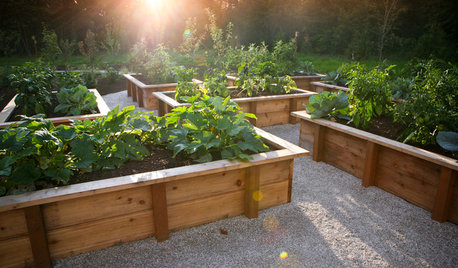
GARDENING AND LANDSCAPINGRaised Beds Lift Any Garden
From good old-fashioned wood garden boxes to modern metal troughs, raised beds can make any landscape space look great
Full Story
GARDENING GUIDES8 Materials for Raised Garden Beds
Get the dirt on classic and new options for raised vegetable and plant beds, to get the most from your year-round garden
Full Story
SPRING GARDENINGInspiring Raised Beds for Fall and Spring Planting
Make Your Next Vegetable Garden Even Better with Beautiful Boxes and Paths
Full Story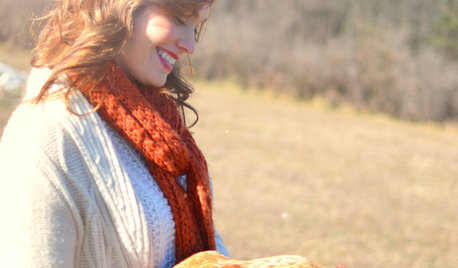
GARDENING AND LANDSCAPINGRaise Backyard Chickens Without Ruffling Neighbors' Feathers
Before you build a coop in the backyard, follow these strategies to help keep your neighbors from squawking
Full Story
CONTRACTOR TIPSBuilding Permits: What to Know About Green Building and Energy Codes
In Part 4 of our series examining the residential permit process, we review typical green building and energy code requirements
Full Story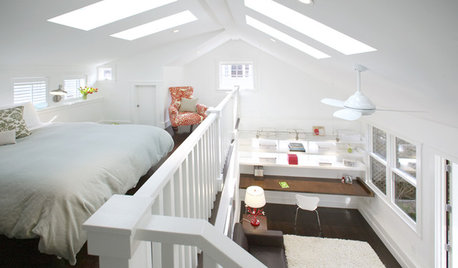
REMODELING GUIDESRaising the Bar for Vaulted Ceilings
Slanted Ceilings: Opportunities for Skylights, Desks or Sleeping Nooks
Full Story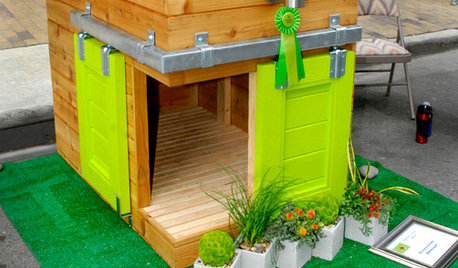
PETSRaise the Woof: Doghouses Delight at Barkitecture 2012
Designs at an annual Austin fundraiser are whimsical, practical and downright luxurious — no bones about it
Full Story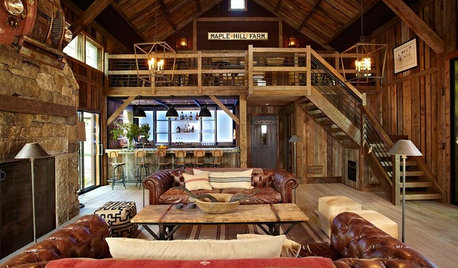
BARN HOMES12 Bar-Raising Barns
Homeowners make hay out of renovated, reclaimed and newly raised outbuildings
Full StorySponsored
Central Ohio's Trusted Home Remodeler Specializing in Kitchens & Baths
More Discussions






petzold6596
gardengal48 (PNW Z8/9)
Related Professionals
Ashland Landscape Architects & Landscape Designers · Buford Landscape Contractors · Caldwell Landscape Contractors · Cary Landscape Contractors · Chattanooga Landscape Contractors · Dallas Landscape Contractors · Eureka Landscape Contractors · Fair Lawn Landscape Contractors · Florham Park Landscape Contractors · Norristown Landscape Contractors · Winchester Landscape Contractors · York Landscape Contractors · Columbia Window Contractors · Woodland Hills Window Contractors · Yeadon Window Contractorspetzold6596
gardengal48 (PNW Z8/9)